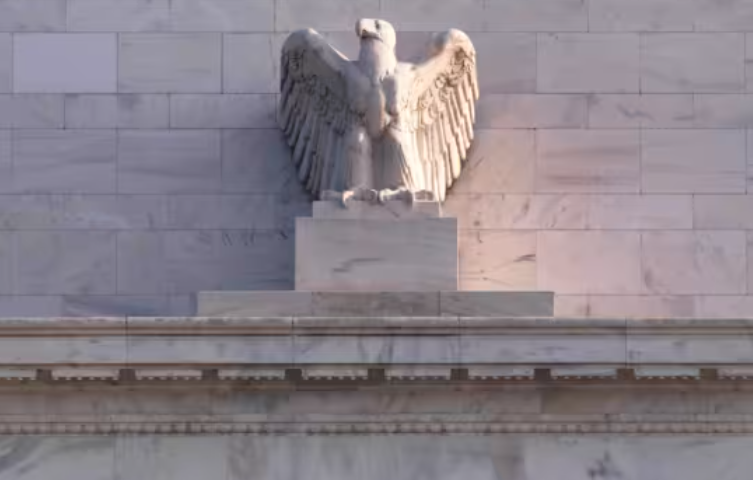‘It’s like the Fed was data dependent until the data no longer supported its story,’ said Austin Graff, co-chief investment officer of Florida-based investment management company Opal Capital
A growing sense of worry is unfolding against the backdrop of a U.S. stock-market rally that sent all three major indexes to new heights on Thursday.
Some investors and analysts came away from Wednesday’s policy update from the Fed with the view that the central bank isn’t as wedded to its 2% inflation target as they previously thought. This was the case even though Fed Chairman Jerome Powell stated officials are “fully committed” to it and they don’t expect to cut interest rates from current levels of between 5.25% to 5.5% until there’s greater confidence inflation can sustainably hit 2%.
Observers pointed to policymakers’ willingness to lower borrowing costs in three quarter-point increments this year, based on projections — despite also lifting their expectations for core PCE inflation in 2024 and taking into account hotter-than-expected data for January and February.
Powell had initially hinted that the Fed was done with raising rates in November, a view that was buttressed by policymakers’ interest-rate projections released the following month. Then on Wednesday, after updated forecasts were released, he said that officials are “not going to overreact” to the past two months of inflation data, “nor are we going to ignore them.’’
Powell’s remarks left some in the financial market with a distinct impression that Fed officials are doing the latter. “It’s like the Fed was data dependent until the data no longer supported its story,” said Austin Graff, co-chief investment officer of Boca Raton, Fla.-based investment-management company Opal Capital. “If officials were truly data dependent, they wouldn’t be talking about rate cuts right now, but about if current policy is restrictive enough.”
Right now, “the expectation is that inflation has been slayed and there’s no possibility that inflation can pop back up. But if you look historically, inflation comes in waves,’’ said Graff, who is also portfolio manager of the Opal Dividend Income ETF DIVZ.
Just last week, financial markets were absorbing hotter-than-expected producer prices for February and an acceleration in consumer prices for the same month, prompting some people to fret that the central bank might even have to hike rates again. February also saw a hotter-than-expected consumer-price index and producer-price index readings for January, adding to concerns that U.S. inflation won’t easily get back to 2%.
“The Fed is looking past January and February data entirely and being a little too dismissive about the possibility that there’s some truth to the idea that core inflation increases will continue for the rest of this year,” said macro strategist Will Compernolle of FHN Financial in New York. If markets start to question the Fed’s resolve to get inflation down to 2%, policymakers “lose their credibility, then they lose the power of their forward guidance, and then that could potentially mean inflation expectations rise accordingly,” he said via phone on Thursday.
Stocks rallied past Wednesday’s levels on Thursday — pushing the Dow Jones Industrial Average DJIA and the S&P 500 SPX to their 16th and 20th record closes of 2024, respectively — as the Swiss National Bank became the first major central bank to cut rates. Other central banks, such as the Fed, the European Central Bank and the Bank of England, are seen as likely to follow suit.
Lauren Henderson, an economist at Stifel, Nicolaus & Co. in Chicago, and Rajeev Sharma, managing director of fixed-income investments at Cleveland-based Key Wealth, expect the Fed to remain reliant on the data and willing to alter its interest-rate path if needed.
In an email to MarketWatch on Friday, Sharma said he does not see Fed officials either moving away from their 2% inflation target “or moving the goal posts.”
“The big-picture problem with deviating from the Fed’s 2% inflation target would [be] a credibility issue for the Fed,” Sharma wrote. In addition, officials “want to avoid a policy mistake by cutting rates too soon and then having to deal with stubborn inflation readings afterwards — compelling them to reroute their course of monetary policy.”

